
Diabetes has only a concern if the food has a high carb level to spike the blood glucose level. Nowadays the nutritional components of food have been identified, but only the knowledge of detecting the food is necessary for a diabetic. In this article, we are going to explain “Are grits good for diabetics?” and related details.
Before going to the topic let me define to you what is “Grits”?
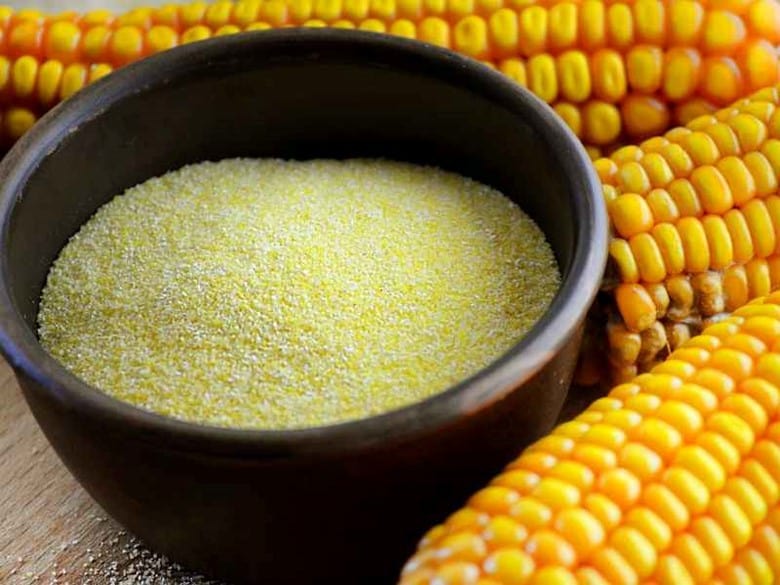
Grits are porridge that is made of dried corn (cornmeal) boiled in water, milk, or broth.
Grits is a popular porridge in southern America and is now famous all over the world.
But isn’t corn a starchy vegetable?
Yes, corn is a starchy vegetable whose 257 grams cooked cup contains 38 grams of carbohydrates which can spike the blood glucose level after eating it.
So it means a diabetic person can’t eat it!
Let’s go step by step and at the end of the article, we and you will be able to make the grits eating eligible for a diabetic person.
How?
By making their nutritional value fit for eating.
But before diving into it I want to explain the types of grits.
i) Stone-ground:
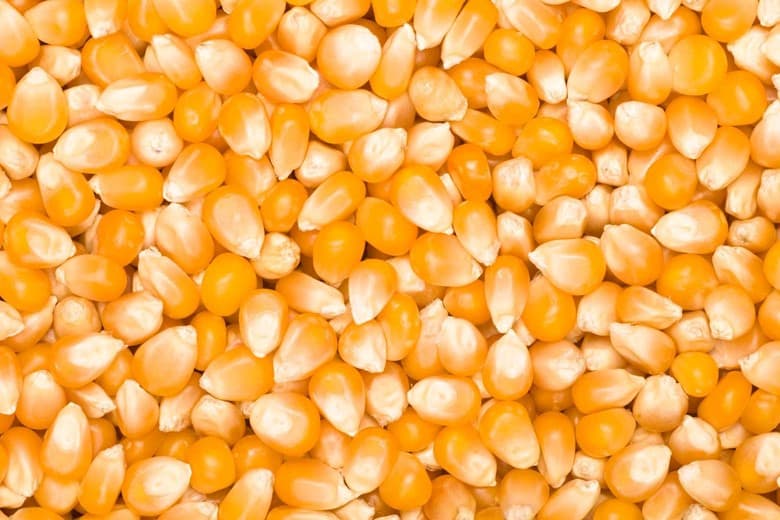
Stone-ground grits are made from whole corn kernels having the pericarp not removed and are ground in a mill.
This type of grit is hardly available in grocery stores because its shelf life is low.
ii) Quick and regular grits:
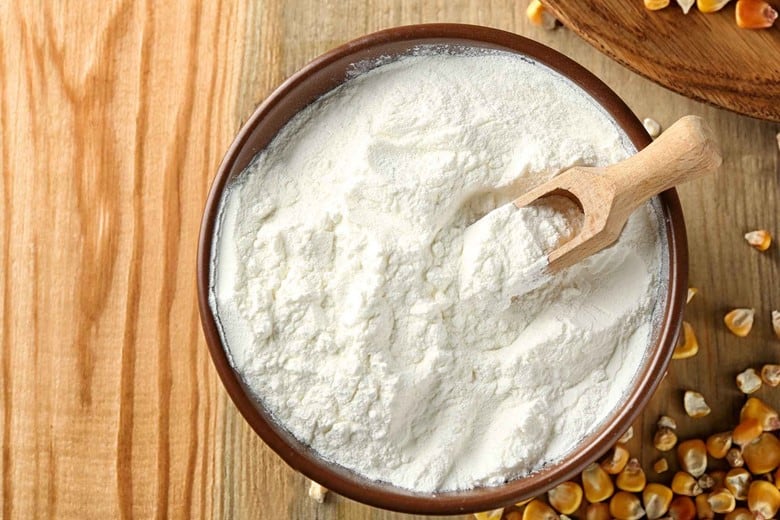
These are processed corn kernels whose outer shell (pericarp or ovary wall) and germ (embryo) are removed to increase their shelf life.
iii) Hominy grits:
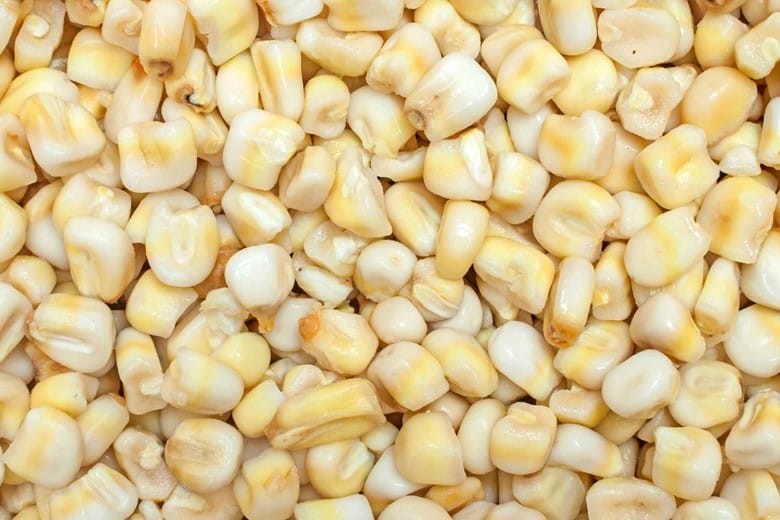
Hominy grits are made from corn that is processed in alkali in a process called nixtamalization which removes the ovary wall (pericarp) from the kernels.
Now let’s discuss the nutritional values of one cup of each grit i.e. stone-ground, Quick and regular grits, and hominy.
A 30 grams cup of ground grit contains a total of 110 kcalories. Following is the table of nutritional values of stone-ground grit.
| Nutrients | value |
| Calories | 110 kcal |
| Carbs | 22 g |
| Fiber | 22 g |
| Starch | – |
| Sugar | – |
| Proteins | 3 g |
| Fats | 1.5 g |
| Monounsaturated fats | – |
| Polyunsaturated fats | – |
| Saturated fats | – |
| Cholesterol | – |
| Supplemental | Value |
| Iron | 0.7 mg |
| Sodium | 10 mg |
| Vitamin A | 0 mcg |
| Vitamin D | 0 mcg |
Now coming to the Quick and regular grits table of nutritional values of 257 g cup.
Amount Per Serving
| Calories 182 | Calories from Fat 11 |
| % Daily Value* | |
| Total Fat 1.2 g | 2% |
| Saturated Fat 0.2 g | 1% |
| Cholesterol 0 mg | 0% |
| Sodium 5.1 mg | 0% |
| Potassium 69 mg | 2% |
| Total Carbohydrates 38 g | 13% |
| Dietary Fiber 2.1 g | 8% |
| Sugars 0.3 g | |
| Protein 4.4 g | |
| Vitamin A | 0% |
| Vitamin C | 0% |
| Calcium | 0.3% |
| Iron | 8.1SSS% |
In last the nutritional value of one cup of hominy grits table of are following.
| Nutrients | Value |
| Energy (kcal) | 128.39 |
| Protein (g) | 3.16 |
| Total Lipid (fat) (g) | 0.5 |
| Carbohydrate, by difference (g) | 29.29 |
| Sugars, total (g) | 0.37 |
| Total dietary fibers (g) | 1.78 |
| Calcium (mg) | 1.48 |
| Iron (Fe) (mg) | 1.3 |
| Magnesium (mg) | 18.3 |
| Phosphorus (mg) | 61.42 |
| Potassium (mg) | 54.02 |
| Sodium (mg) | 0.74 |
| Zinc (mg) | 0.34 |
| Copper (mg) | 0.04 |
| Mangenese | 0.08 |
| Vitamin A (IU) | 0 |
| Vitamin C, total Ascorbic Acid (mg) | 0 |
| Thiamin (mg) | 0.21 |
| Riboflavin (mg) | 0.12 |
| Niacin (mg) | 1.78 |
| Pantothenic Acid (mg) | 0.11 |
| Vitamin B-6 (mg) | 0.1 |
| Folate (mcg) | 56.98 |
| Vitamin B-12 (mcg) | 0 |
| Folic Acid (mcg) | 55.5 |
| Folate, DEF (mcg) | 95.83 |
| Cholesterol (mcg) | 0 |
| Fatty Acid (Saturated) (g) | 0.1 |
| Fatty Acid (Monounsaturated) (g) | 0.07 |
| Fatty Acid (Polyunsaturated) (g) | 0.25 |
So if we look at the carbohydrates value in the table we conclude that Stone-ground contains 22 grams of carbohydrates, containing 29.29 grams of carbs.
So Is this value of carbs fit for diabetes?
According to different studies, the amount of carbohydrates is about 45 to 60 grams of carbs per meal and 10 to 25 grams per snack, eaten twice a day between meals. But this value is not exact, the value also depends on the size of the body, appetite, or hunger.
Are these values include protein, fats, and other nutrients?
No. Because the food is not only composed of carbohydrates but it is a complex of proteins, fats, and other different nutrients.
So how could I make it fit eating for a diabetic person?
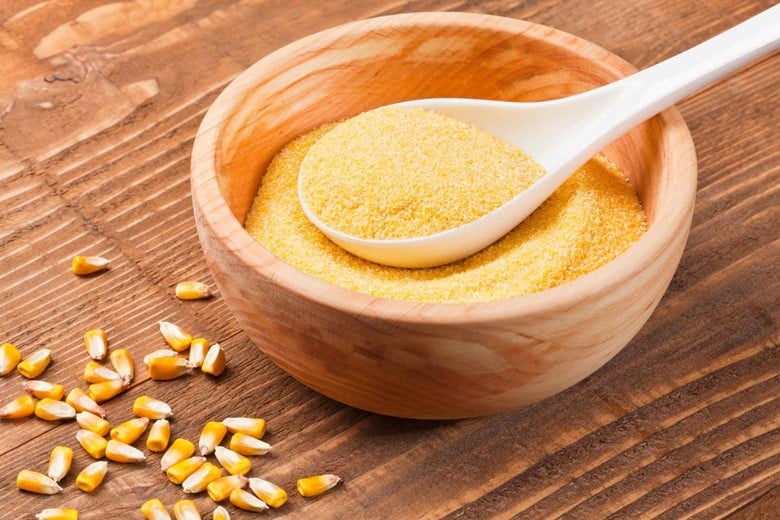
As we are discussing the grit so first of all take and use Stone-ground grits because their pericarp and embryo are not removed which has dietary fibers and other benefits. The pericarp contains dietary fibers which are indigestible carbs that excrete from the body helping to lower the glucose level in the blood. So higher the dietary fiber, the healthier grit is while Stone-ground grits are healthier for diabetics because they have pericarp not removed. The Quick and regular grits and hominy grits has pericarp and embryo removed with only starch remaining that spike the blood glucose level.
But corn has starch as stored food how can it spike the glucose level?
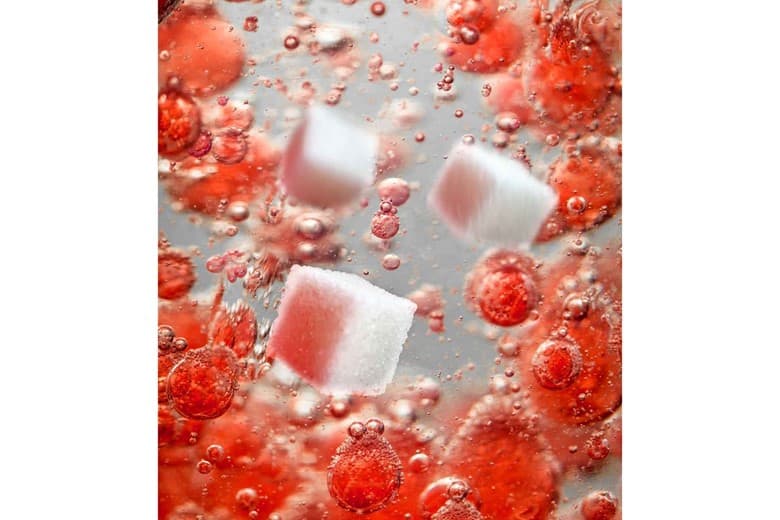
The stored food of plants is starch while the stored food of animals is glycogen but upon digestion, both are broken down to the simplest monomers which are glucose that spikes the blood glucose level. As we eat the corn, the starch in the corn is broken down to simpler monomers i.e. glucose which spikes the blood glucose level.
So a diabetic person can eat grits?
Yes, but the proportion should be maintained within limits so that it doesn’t spike the blood glucose level. The grits should be cooked with water or broth and not with milk and cheese because it will increase the glycemic index of the body.
So how can I prepare the grits which are good for diabetes and don’t spike the blood glucose level?
Here we will make grits for two people so you can increase or decrease the amount of grits according to your needs.
The ingredients we need for two people are two cups of water and one cup of Stone-ground grits. The water can be substituted for milk but as we are making it for diabetics so we will try to make it minimum carbs value. We can also use broth instead of water.

First of all, try to take a nonstick pot (a non-stick pot doesn’t stick the grits) and put the 2 cups of water in it.
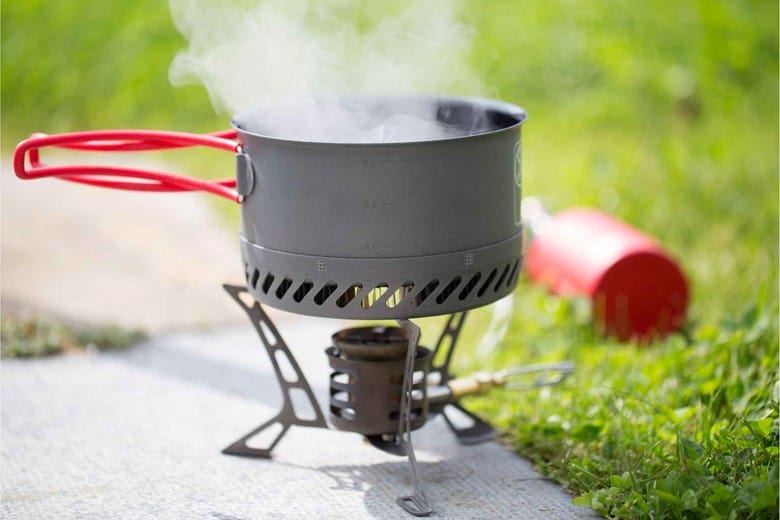
Add broth or salt or extra virgin olive oil (instead of butter) and keep it till boiling. You can add spices like garlic to make it a flavorful dish or you can also add vegetables for taste (vegetables are best to add). Make sure to keep the top or pad tightly on the container.
After boiling the water add the grits and decrease the heat of the stove. Stir it for a minute until the clumps of grits dissolved in the boiling water. if you don’t stir the grits will become lumpy and clumpy so to avoid this stirring is necessary.
Keep the flame low and keep it for about 2 minutes or a little more.
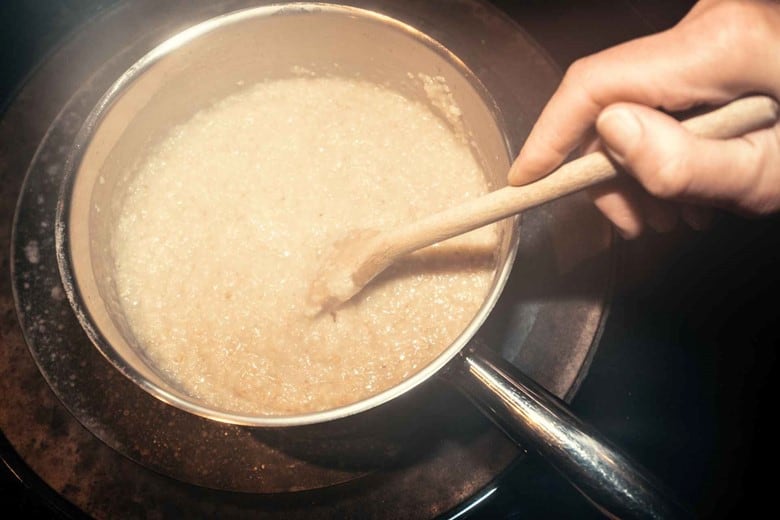
Check if the grits are thick so add the water and stir it constantly. But it depends on you if you want to make creamy grits or thick grits, so add water according to your choice and let it on low heat for a few minutes.
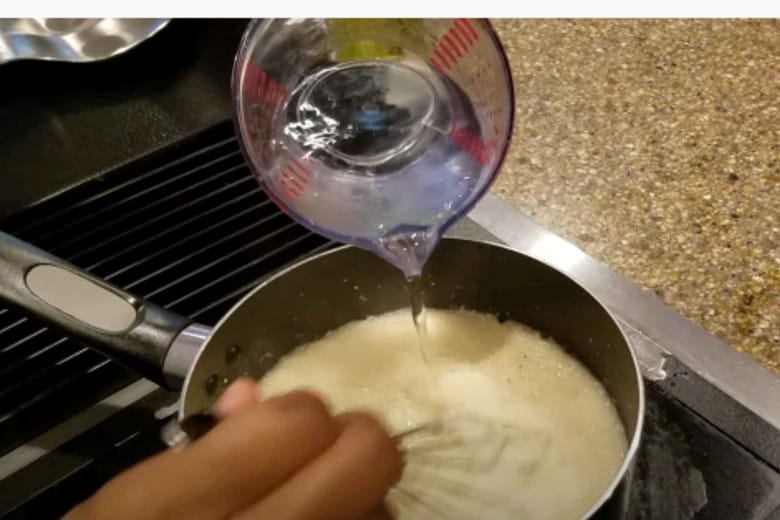
It is recommended to check the grits after every three to five minutes and adds water or broth if need and stir it.
Now keep it for the last 7 to 8 minutes and check it. Some people like overcooked grits while some like undercooked grits so look at your choice and remove your grits pot from the stove.
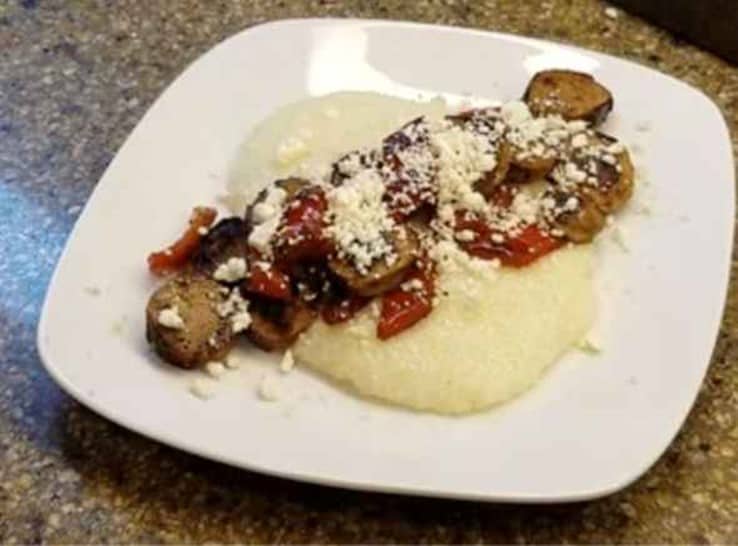
Now the grits for diabetes are prepared and you can add red bell pepper for more flavor and presentation. The 100 grams of red bell pepper contains 92% water and 6 grams of carbs so you can add red pepper too.
One or two servings should be your goal, and you should also eat a range of lean proteins, healthy fats, vegetables, legumes, and fruits. It’s advisable to stay away from sugary foods and processed carbs.
Now let’s come to the benefits of grits in general and also for diabetes?
Grits have benefits that are discussed below.
i. Contain a variety of antioxidants:
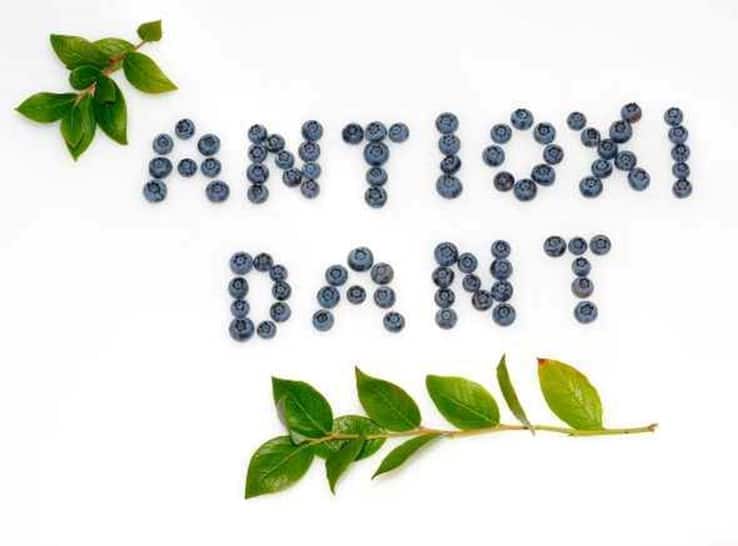
Grits contain a variety of antioxidants that fight free radicals to prevent the cell from their corrosive effects. Free radicals are highly reactive atoms formed in the cells during the formation of ATP in the mitochondria which react with the cell and damage the cell.
In contrast to this, the antioxidants react with it and prevent the cell from their a corrosive effect.
ii. Protect against degenerative eye disorders (Improve eye health):

Grits are rich in antioxidants like lutein and zeaxanthin that may shield your eyes against degenerative conditions like cataracts and age-related macular degeneration and defend your skin against sun damage.
Also, these antioxidants protect your eyes from too much exposure to blue light that can damage the cornea of the eye.
iii. Help to combat anemia:

Grits contain iron and folate vitamin that helps to combat anemia. Lack of iron causes iron deficiency which leads to iron-deficiency anemia.
In our body, RBC carries oxygen to tissues and cells for respiration and obtaining energy. RBC is made up of a core element called iron so iron is necessary for the proper production of RBCs.
Lack of iron causes iron deficiency anemia because there is not enough iron to make RBCs and Anemia is a condition where the body can’t make enough RBC to carry adequate oxygen to tissues and cells. Symptoms of anemia are fatigue, pale skin, and shortness of breath.
While the folate vitamin is necessary for RBC proliferation during differentiation. Lack of vitamin B12 or B9, often known as folate can result in vitamin deficiency anemia in which the body makes abnormally large red blood cells that are unable to carry oxygen throughout the body.
Grits are a valuable source of plant-based iron, supplying about 8% of the RDI in one cup of 257 grams and 25% of folate of the RDI per cup of 257 grams.
Summary/Conclusion:
It’s not only about “Are grits good for diabetics?” but also the taste that a diabetic also wants to taste. The only problem for diabetics is glucose spikes after eating grits or whatever high-carb food. In this article, we discussed that grits have 3 types i.e. Stone-ground grits, Quick and regular grits, and Hominy grits. Among all these 3 types the Stone-ground grits are perfect for diabetics because their pericarp (outer shell) and germ are not removed they have all the benefits explained earlier i.e antioxidants benefits, protection against degenerative eye disorders, help to combat anemia, and most importantly it doesn’t spike the glucose level after eating when made appropriately (discussed above). The other 2 types i.e. Quick and regular grits and Hominy grits have the outer shell and germ removed only remaining the starch part which is rich in glucose because after eating the starch is broken down to glucose. As earlier explained the nutritional and carb value of grits can be reduced by adding extra virgin olive oil or salt or broth instead of milk and cheese while making grits at home.
So did you try to make grits at home, let’s make it and notify me in the comment section.





